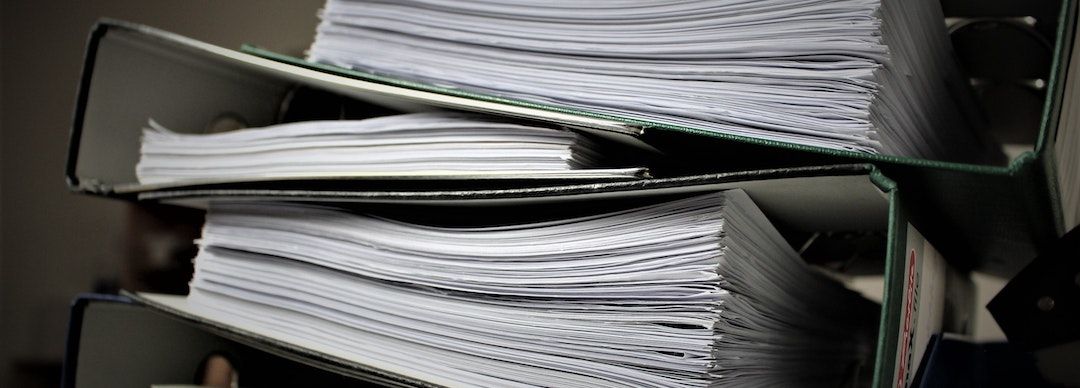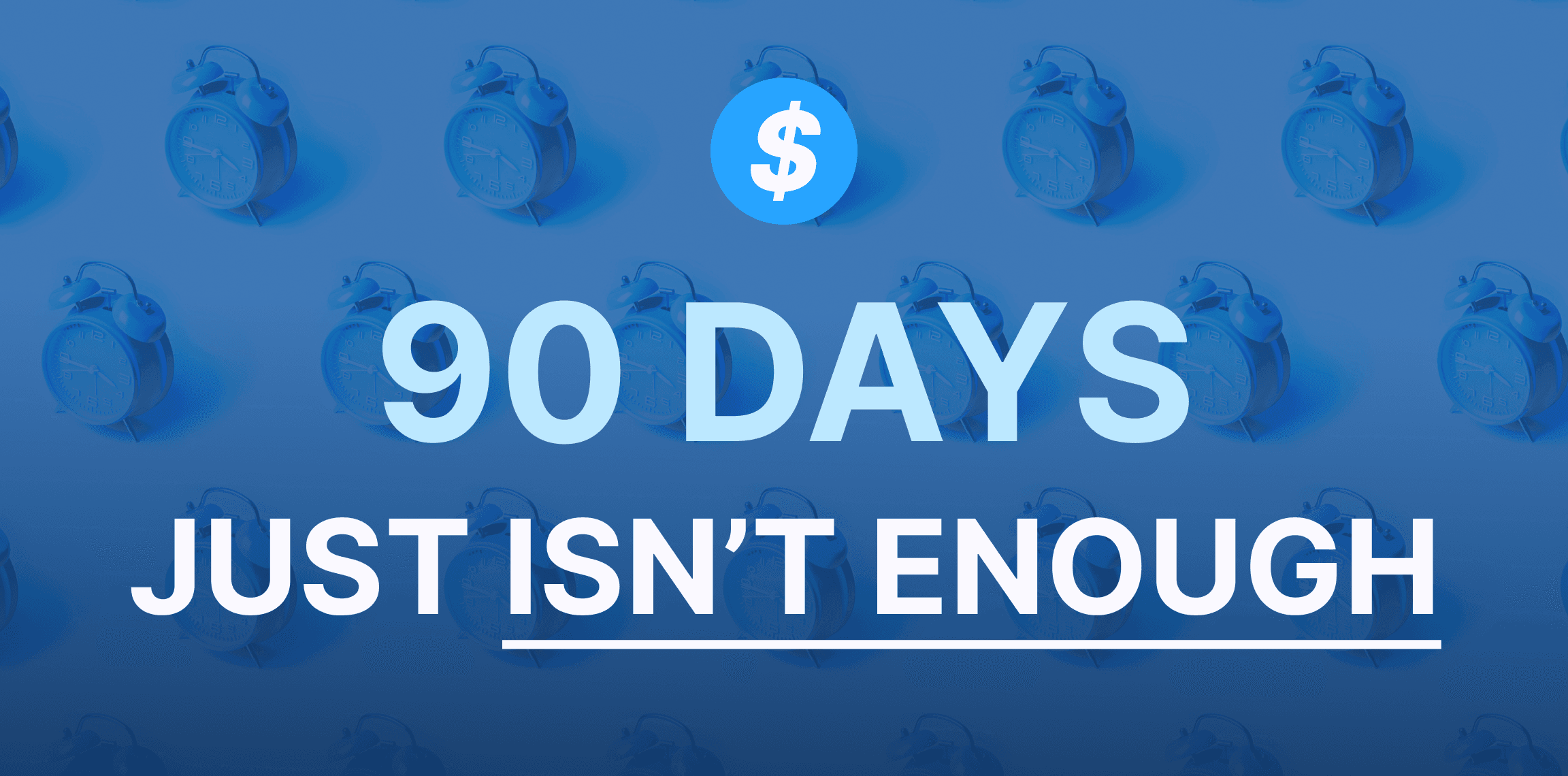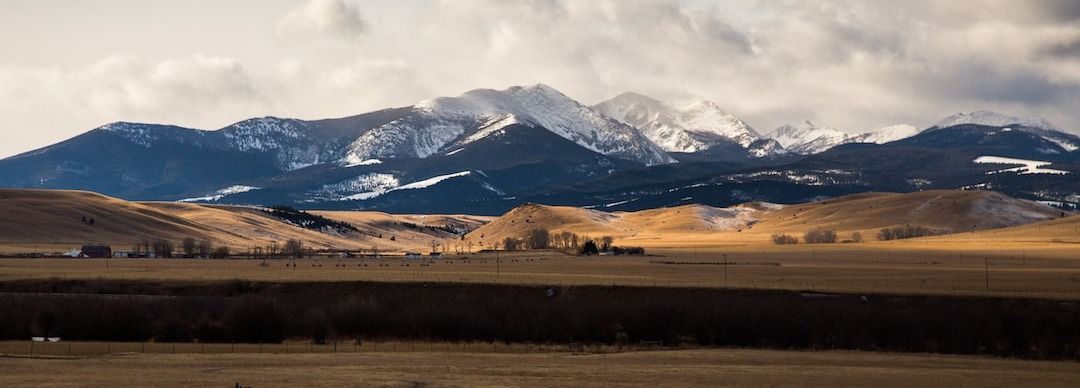Think you can complete your BEAD application in 90 days? Think again.
January 18, 2024
If you're waiting for your state's application, you'll be too late.

Twelve states – Delaware, Kansas, Louisiana, Montana, Nebraska, Ohio, Pennsylvania, Tennessee, Utah, Vermont, Virginia, and Wyoming – have released volume one of their BEAD initial proposals to the National Telecommunications and Information Administration.
Five – Nebraska, Pennsylvania, Tennessee, Utah, and Wyoming – are still open for public comment.
The NTIA requires states to submit their initial proposals in two volumes. Both volumes are due to the NTIA by December 27, 2023, 180 days after the formal allocation of BEAD funds on June 30.
The first volume must include four pieces of information: existing broadband funding efforts, unserved and underserved locations, anchor institution definitions, and the state’s challenge process.
The challenge process requirement calls for states to detail how they will accept and process challenges to location classifications and, crucially, data on broadband coverage. These state challenge processes are separate from the ongoing challenge process to the FCC’s broadband map and are mandatory for the disbursement of BEAD funds.
States have access to the NTIA’s model challenge process to help them in this effort, and the agency encourages states to adopt the model process in full. All 12 states that have submitted volume one are heavily basing their challenge processes on the model.
The model process outlines in detail a 90-day process with four phases. The NTIA allows this process to span up to 120 days, but states have not elected so far to take that extra time.
The process begins with state broadband offices publishing locations deemed eligible for BEAD funding by existing map data. These locations also have to be provided in volume one of the initial proposal.
Challenge and rebuttal phases follow, in which challengers – limited to nonprofits, local and tribal governments, and service providers – submit challenges to the state on that eligibility, and service providers have a chance to rebut that challenge and prove their coverage is correctly recorded. In the final phase, broadband offices make final determinations on eligibility by sustaining or rejecting the challenges they’ve received.
Acceptable challenge and rebuttal evidence include rigorous speed tests documenting low speeds or high latency and written documents from service providers informing customers that a specific service is not available in their area. The full scope of evidentiary standards for each challenge type can be found in the text of the model process, available for download here.
The model process outlines two optional provisions on how states can interpret FCC map data and make eligibility changes ahead of their challenge process.
Most states are adopting at least one, electing to either consider locations the FCC marks as “served” – having broadband in excess of 100 Mbps upload and 20 Mbps download – as being “underserved” if the only technology available is DSL or to check coverage data against speed tests ahead of accepting official challenges.
Only three are adding additional modifications: Vermont, Delaware and Ohio.
All three states are modifying the model process to treat locations the FCC marks as served as being underserved if the only technology available in the area is fixed wireless cellular service. They cite the fact that cell speeds drop significantly with distance from a tower and can be throttled when networks are congested.
Vermont is also adding a provision to treat served locations on the FCC map as “unserved” if there is evidence that providers in the area impose an “unreasonable capacity allowance (‘data cap’) on the consumer.” The state did not specify its threshold for determining unreasonableness.
The model process also includes optional challenge types: MDU (multiple dwelling unit) and area challenges. These require providers to prove service for entire buildings or geographic areas if a certain number of challenges within that building or area are submitted.
These modules are also popular with states who have released volume one, with all states except Montana and Utah explicitly adopting them.
The existing broadband funding requirement calls for states to identify other existing broadband subsidy efforts within their borders. This includes both federal efforts like the Rural Digital Opportunity Fund and state-funded initiatives.
Meeting the community anchor institutions requirement involves identifying anchor institutions currently receiving less than 1 Gbps upload and download service. It also asks states to classify which organizations will get anchor institution status. This typically includes schools, libraries, and healthcare centers, but states can add other entities if they provide justification in their proposals.
Five-year action plans are due 270 after states received initial planning grants. When states received these grants varies, but the last allocation was made on December 23, 2022.

January 18, 2024
If you're waiting for your state's application, you'll be too late.

January 09, 2024
The big sky state joins a small list of eligible entities that have kicked off their broadband challenge process.